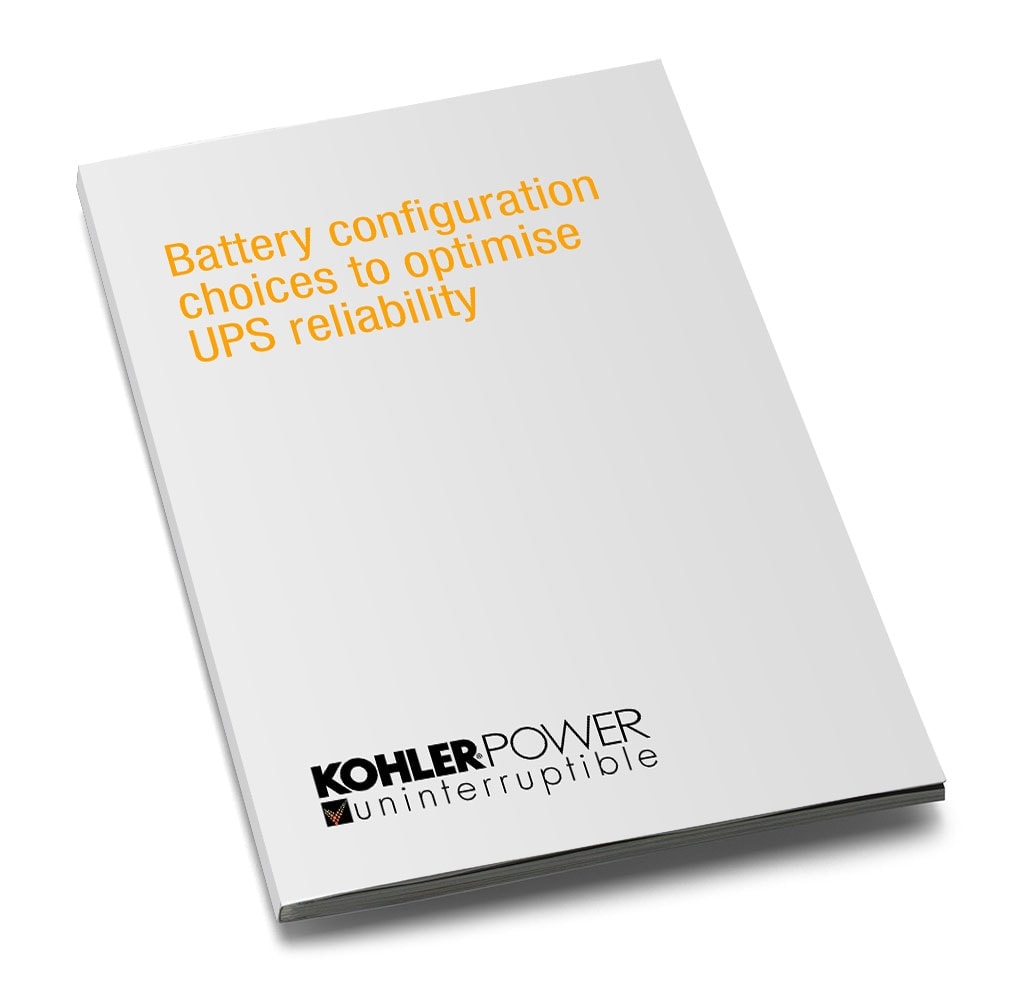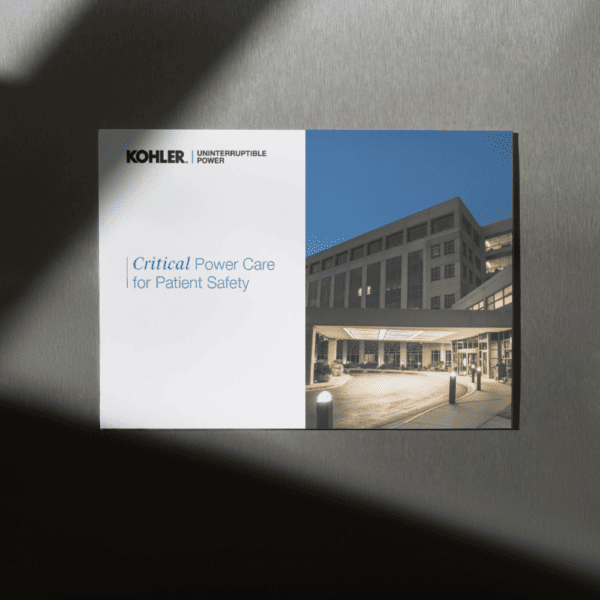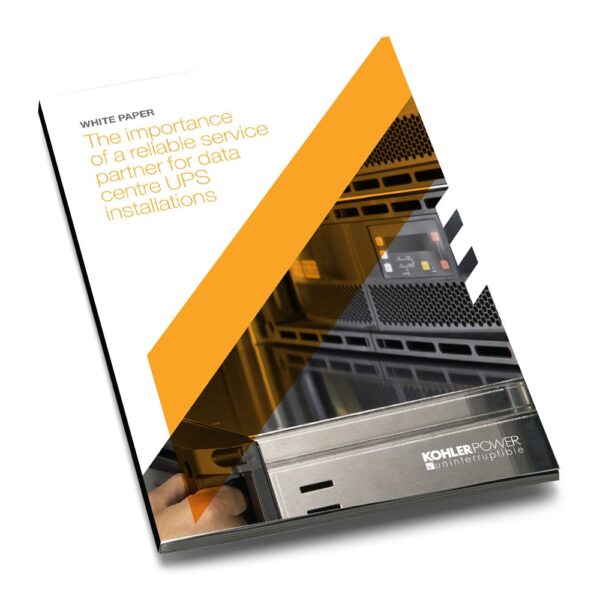The successful design of any UPS system limits single points of failure, ensuring minimum downtime during mains power interruptions. Given that entire networks are dependent on battery power during an outage, the integrity of the configuration makes a vital difference. This white paper recommends different configuration options for backup batteries, using multiple strings of parallel batteries to provide greater resilience and integrity.
This white paper explores the differences between single and parallel strings and identifies how maximum resilience can be achieved. It also explains the different configuration options for parallel UPS systems, as well as analysing the relevance of transition boxes and how they can be used for battery fusing and cable termination to give increased protection and isolation.
Every business is different, and the requirements of backup battery power will vary depending on the site facilities (stand-by generator, available space and so on), the load requirements and how critical the load is. In demanding environments where cost is a secondary consideration, each parallel UPS module typically warrants its own paralleled battery configuration.
This white paper is a must-have for anyone responsible for backup battery power who needs to strike the balance between redundancy, resilience, cost and space. Understanding these various options and identifying the most suitable battery configuration will help minimise disruption during power outages.




